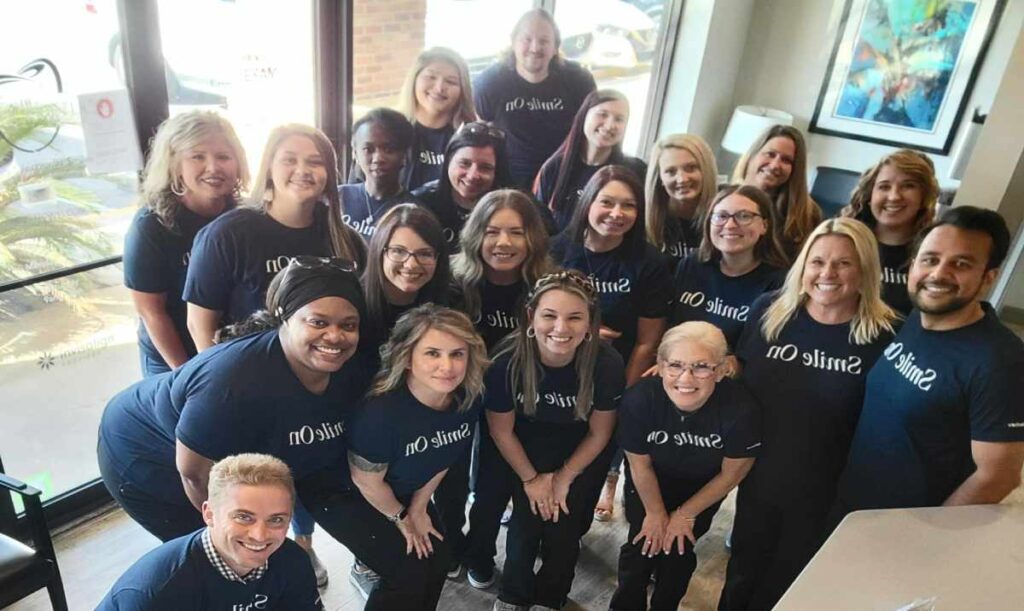With more and more adults wanting braces, orthodontists are seeing an increase in potential patients with advanced dental work including crowns, implants and veneers. Fortunately, teeth can still be straightened with these additional treatments already in place.
Braces and Crowns
Dental crowns are often used to cover teeth that have decayed and can’t be filled, have been chipped or broken, or have had a root canal. Can you have braces if you have a crown (or more than one crown?) Yes you can. When the brackets are applied, a different adhesive is used to attach them to crowns instead of natural teeth. Otherwise, the treatment is the same.
Crowns can also be added after teeth have been straightened with braces. In this case, they are the “crowning” touch to your spectacular smile.
Braces and Dental Implants
Dental implants are used when a natural tooth needs to be replaced by an artificial one. Reasons for this could be a tooth or teeth were damaged or knocked out by accident, became decayed and needed to be removed or maybe you just never had one in that place. Because the implant is surgically attached to the bone in the mouth, they cannot be moved with braces. If you need a dental implant and your natural teeth need to be straightened, it is best to do braces first so the proper spacing can be left for the implant. If the patient’s teeth were overcrowded, braces may shift the remaining teeth to cover the gap where the missing tooth was lost.
As you get older, your teeth naturally shift toward the front of your mouth. If you have had implants for a while, your natural teeth may now be crowding around them. In this case, braces can move the natural teeth back into position while the implant stays in place.
As we explained earlier, because the implants are surgically attached to bone, they can actually works as an anchor to the braces that are shifting natural teeth.
Braces and Veneers
Veneers are thin layers of porcelain or compounds that are adhered to the front of the teeth to hide spacing issues, chips or staining. If your smile could benefit from both braces and veneers, it is best to do braces first. While not always the case, attaching the brackets of braces to veneers could damage the surface of the veneer, or the adhesive used to hold the brackets in place may leave a rough spot on the veneer when the braces are removed.
If you have had braces and veneers, but your teeth have since shifted due to not wearing a retainer regularly or the natural forward shifting of your teeth, the best way to re-straighten your teeth is with Invisalign. The aligner trays of Invisalign will gradually move your teeth without risking damage to your veneers.
Charleston Orthodontic Specialists has helped many adult patients achieve the perfect smile. To discuss your particular situation, please contact us at (843) 4-BRACES to schedule a free exam with one of our experienced team members.



